The case for trading Skenes now, and 8 more observations
Starting Lineup is a collection of reporting, observations, and insights from the baseball beat.
Leading off ...
The Pittsburgh Pirates are off to such a poor start, with zero ownership commitment and an incredibly weak supporting cast, that an interesting question is bubbling up: Should the club trade 22-year-old ace Paul Skenes?
I posed the question to one AL executive this week, and he responded with one word: "Yes."
It might seem crazy to consider trading a building block as rare as Skenes, but the Pirates are unlikely to be contenders this season - or anytime soon. Meanwhile, they already lost a year of control over Skenes because he won Rookie of the Year in 2024; after this season, the club only holds four years of control.
"It's a shame to be using up that eligibility without being leveraged," the executive said. "Leveraged" means putting a competitive team around Skenes.
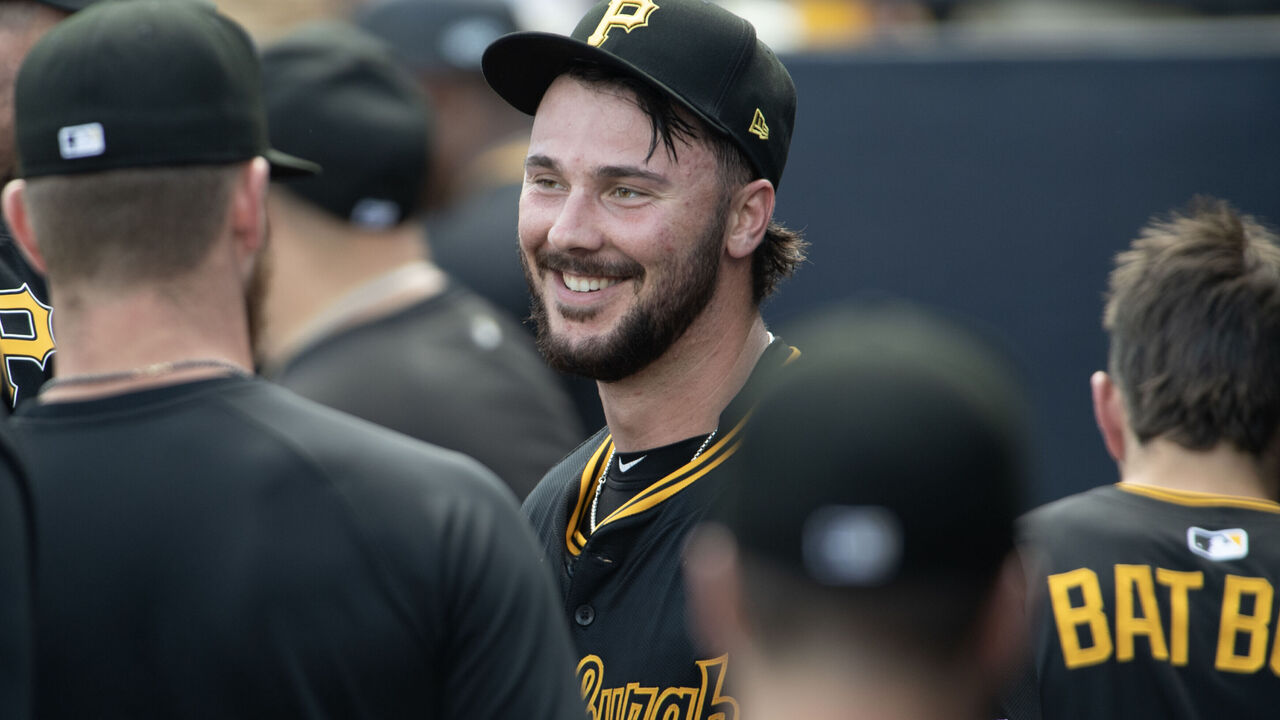
The Pirates have a recent history of trading starting pitchers before they can leave via free agency. That allows the Pirates to get something in return for the departing asset, and it fits with owner Bob Nutting's preference to avoid paying elevated arbitration salaries.
The previous regime traded another No. 1 overall pick, Gerrit Cole, with two years of club control remaining before the 2018 season. Pittsburgh acquired Joe Musgrove in that deal and then traded him with two years of club control remaining before the 2021 season. Jameson Taillon also had two years of control left when he was dealt the same offseason.
Teams often wait too long to trade a player, reducing the club's return. It's possible the Pirates can't move Skenes too early. We also know that high-velocity arms come with a greater injury risk.
Although there's no modern comp for a Skenes trade, one executive suggested the return the Washington Nationals received for Juan Soto might be a template.
The Nationals netted three top 100 prospects in the Soto deal: CJ Abrams (ranked 11th at the time by Baseball America), outfielder Robert Hassell III (No. 25), and outfielder James Wood (No. 62), who looks like a potential superstar. Washington also received young left-handed pitcher MacKenzie Gore, who is now a rotation fixture.
The Pirates should absolutely be interested in that type of return.
Teams have also pulled off heists of young pitching talent by dealing established arms.
When Cleveland sent Bartolo Colon (1.5 years of control) to the Montreal Expos in June 2002, Cleveland received Grady Sizemore, Cliff Lee, and Brandon Phillips. It was one of the great trade returns of this century, though one executive noted that teams value prospects much more highly now.
A more recent lopsided deal involved the Pirates acquiring a year-and-a-half of control over Chris Archer for Tyler Glasnow, Austin Meadows, and Shane Baz.
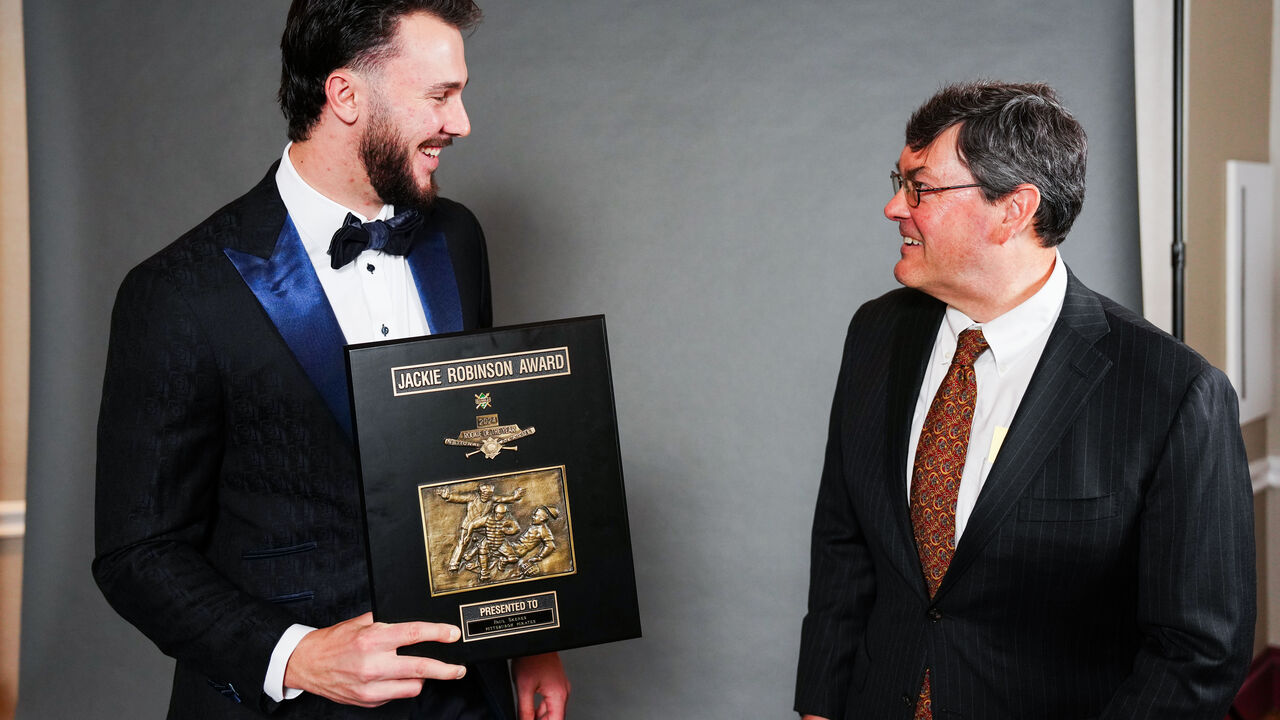
Another executive said he believes an eventual Skenes trade is likely, but it's too early to consider doing it.
He pointed out that most teams don't think a player's trade value increases linearly with controllable years. Teams put more weight on near-term value. In other words, four years of Skenes isn't worth twice as much as two years of Skenes.
And two years of an ace will still yield plenty.
In that executive's view, the Pirates are best served by holding onto Skenes for a few more years and continuing to build around him. Baseball is unpredictable; perhaps the Pirates can surprise in the next year or two.
Both officials noted this conversation isn't happening in a vacuum. It would be difficult for this Pirates front office, already embattled, to admit failure by retooling so quickly after getting Skenes. It might take a new regime to entertain offers until it finds a deal it can't refuse.
No. 2: Waiting for Bubba
Speaking of the Pirates, Bubba Chandler struck out eight more batters over five innings Tuesday in Triple-A. He's arguably the top pitching prospect in baseball. After being named the International League's top pitcher for April, his ERA is 1.91.
He's pitching on a level similar to Skenes' a year ago in Triple-A before he debuted with Pittsburgh on May 11. Chandler entered the season with far more professional innings under his belt. So why is he still in the minors?
If the Pirates feel burned after Skenes' award finish earned him a full year of service time, they might fear the same happening with Chandler.
Tying service time to award voting can create dubious incentives.
No. 3: A refreshing approach to limits
I asked Phillies skipper Rob Thomson last week about how Philadelphia will manage the innings of Andrew Painter, another top pitching prospect.
The Phillies announced an inspired plan in the spring, intentionally delaying Painter's start to the season even though he was fully healthy after recovering from Tommy John. They hoped to give him the best chance to be available in the second half of the season. The Phillies didn't want to Strasburg themselves. (The Nationals shut down Stephen Strasburg in early September 2012 as a precaution after his 2010 Tommy John surgery and limited 2011 workload, making him unavailable for the postseason.)
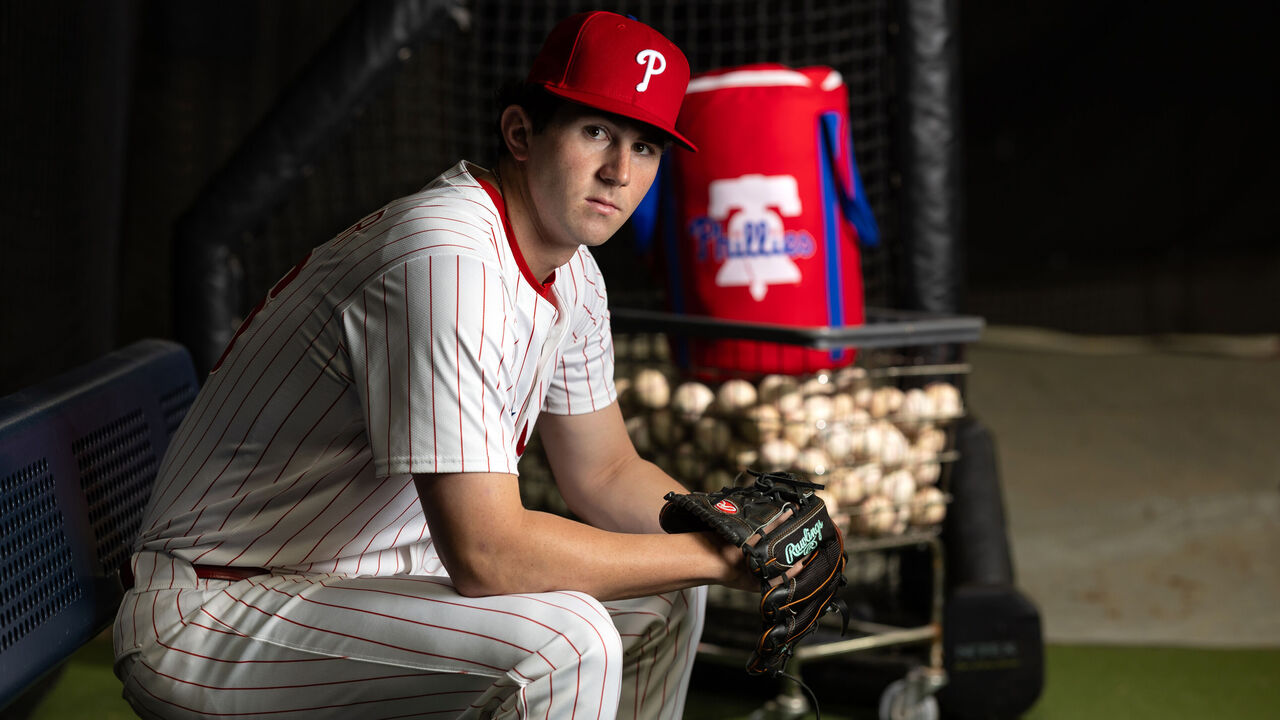
Painter threw 11.1 innings over four outings in Class-A to start the year. Now he's in Triple-A and looking reminiscent of who he was before his elbow surgery. Painter told me this spring he would be limited to 100 innings - maybe a little more. That seemed to suggest every inning he pitched while rehabbing would be deducted from that total.
But Thomson said Painter isn't on a traditional innings count. The Phillies will determine his availability by monitoring his underlying data, like velocity and arm extension, Thomson said.
Simply counting innings hasn't done much to keep pitchers healthy, so it's nice to see a team try a different approach.
No. 4: A troubling comp
Last spring, Adley Rutschman looked like a franchise cornerstone for the Baltimore Orioles. Perhaps he still is.
But Rutschman is showing some concerning similarities to another college catcher the Orioles drafted first overall: Matt Wieters.
After a dreadful second half last year, Rutschman is slashing .197/.295/.328. That's played a role in the sluggish Orioles offense and their poor 15-27 start.
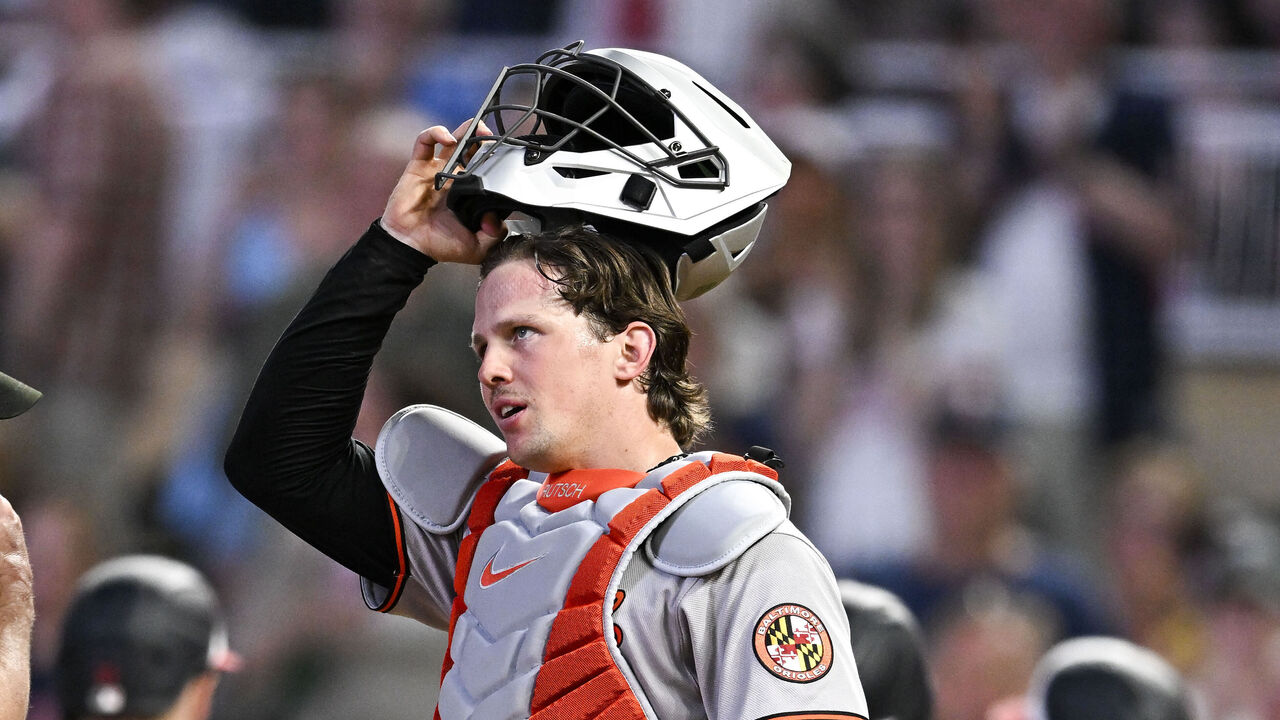
Consider the two catchers' early careers:
Perhaps the comparison is too superficial, but they're both college catchers who were nearly fully developed when they reached the majors. Wieters played seven more seasons in which he never posted more than 1.4 fWAR and only made more than 400 plate appearances twice.
No. 5: Arms race
A fascinating Cy Young race is brewing in the AL.
Entering play Friday, six pitchers had ERAs below 2.00: Max Fried, Tyler Mahle, Hunter Brown, Kris Bubic, Nathan Eovaldi, and Garrett Crochet. theScore's gScore system (based on Game Score 2.0 but calculated for the entire season) gives the edge to Brown (271 points) after the leaders have made nine starts. Eovaldi (253) is second, and Fried is third (232). It's going to be a fascinating race.
No. 6: Framing the debate
It had been my belief that subtle movements by catchers increased their framing prowess, but that isn't the case.
Catchers' moves are getting bigger and faster, and they're stealing more strikes.
Catcher receiving 2015 vs 2025.
— Ivan Quackenbush (@IQ_Baseball_) May 14, 2025
Significantly bigger and faster moves. pic.twitter.com/CfLchMjskN
No. 7: A Rockies and a hard place
Despite their historically poor start to the season, the Rockies' attendance is only down 500 fans per game at 24,874.
Folks are still paying to watch this in greater numbers than 10 other MLB ballparks can claim.
Coors Field is a great place to spend an evening, but ownership might not be motivated to make substantial changes if a reasonable number of fans keep showing up (in addition to receiving those fat revenue-sharing checks from MLB). It speaks to how little fans can do compel change. If they don't show up, it can be used against them (see: Oakland); if they do come to games, that doesn't always lead to more commitment and investment.
There aren't enough incentives to push owners to field competitive teams.
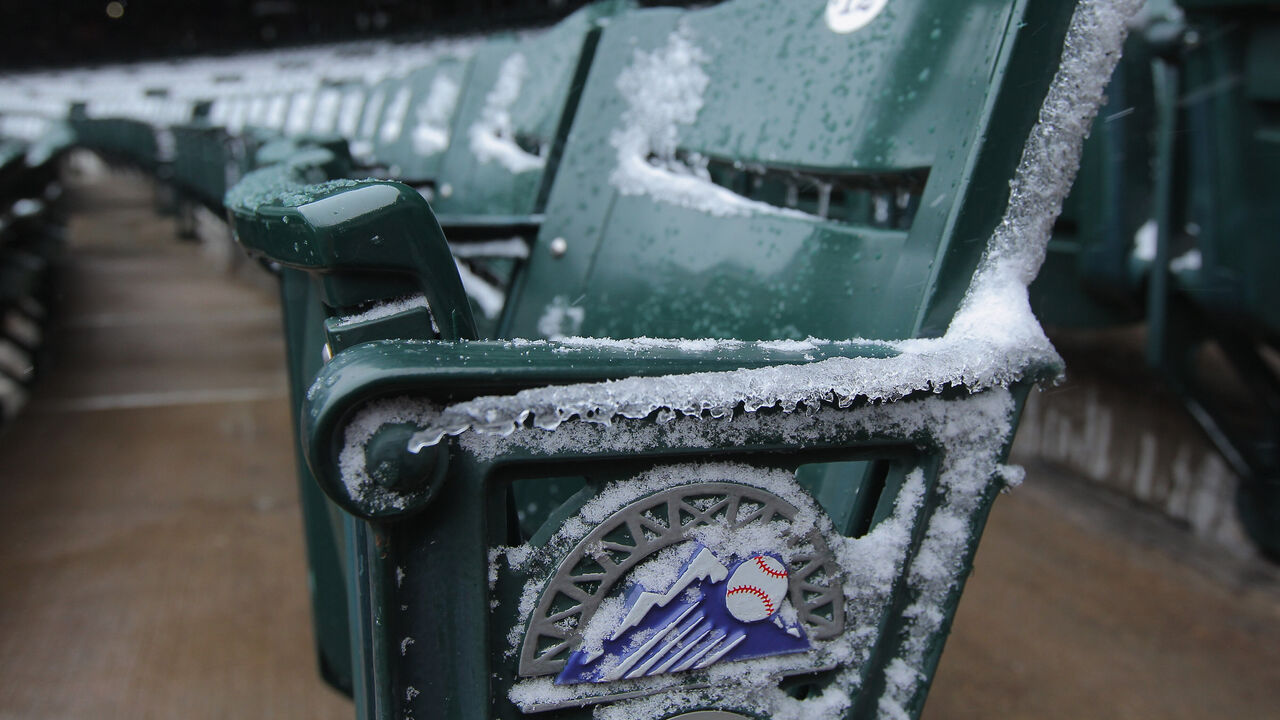
No. 8: A new star in Boston
Top prospect Roman Anthony will eventually get to the majors, but Wilyer Abreu is making it more difficult to find a spot for him.
Abreu's first 701 career plate appearances: 28 homers, 93 runs, 99 RBIs, 15 steals, a .267/.342/.482 slash line, plus-24 defensive runs saved, and 5.2 fWAR.
That's a star.
The Red Sox acquired Abreu in a 2022 deal with the Houston Astros for catcher Christian Vázquez.
Chaim Bloom deserved a better fate in Boston.
No. 9: A rebirth in Detroit
Javier Báez's recent performance is the kind of thing that happens when there is positive organizational change.
His two-homer game Monday - which included a walk-off, three-run shot - highlighted his stunning turnaround with the Detroit Tigers this season. Part of his rebound is tied to better health after undergoing hip surgery last year. But Báez has also cut his chase rate 10 percentage points and increased his average bat speed from 71 mph early in the season to 74 mph in recent weeks.
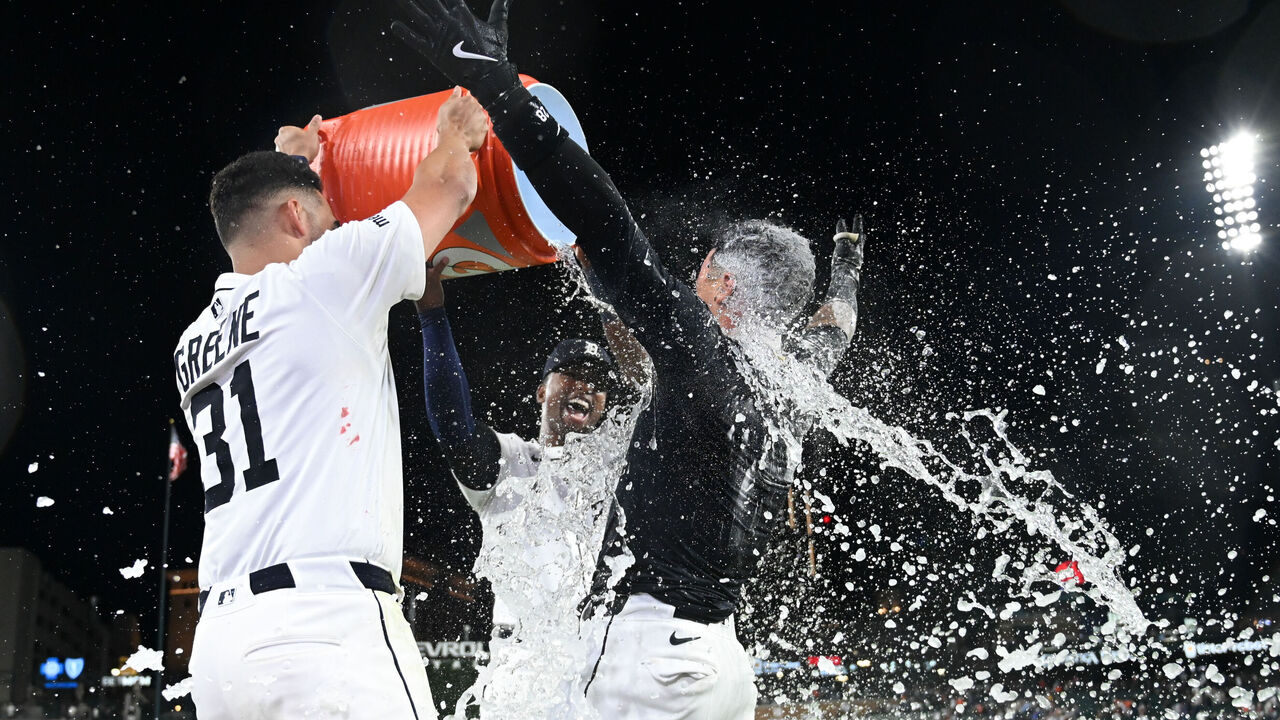
Good organizations get the most out of players, and that's been true in Detroit since the Tigers hired Scott Harris to lead baseball operations. Báez isn't their most valuable player, but going from zero to useful production is a big deal.
Travis Sawchik is theScore's senior baseball writer.